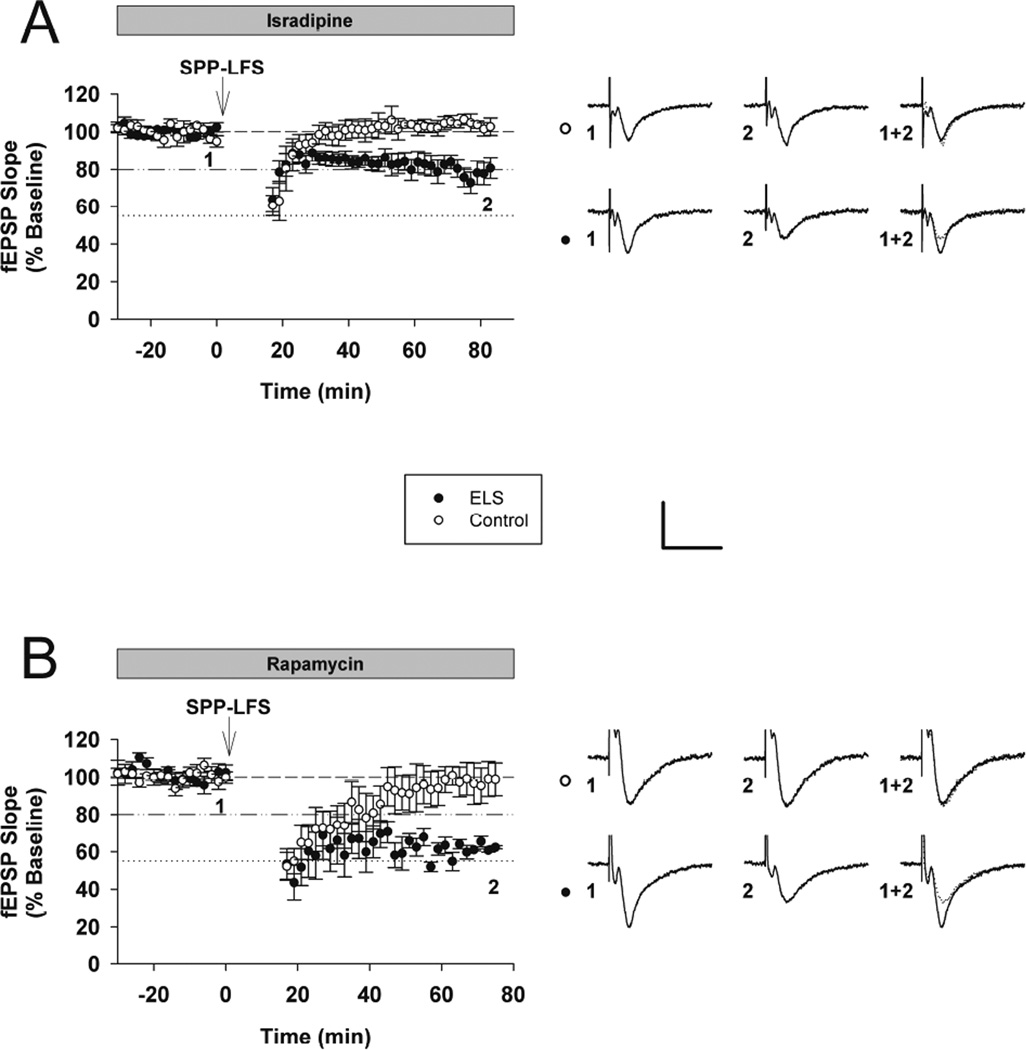Figure 5. The role of L-type VGCCs and mTOR in mGluR-LTD induction was altered after ELS.
A, mGluR-LTD was completely blocked in control rats in the presence of the L-type voltage-gated calcium channel antagonist isradipine (10 µm), yet mGluR-LTD was still present in ELS rats (control with isradipine: 100.44 ± 4.70%, n = 5, ELS with isradipine: 75.67 ± 5.26%, n = 9, P < 0.01, Student’s t-test). B, mGluR-LTD was completely blocked in control rats in the presence of the mTOR antagonist rapamycin (20 nM), yet mGluR-LTD was still present in ELS rats(control: 96.71 ± 2.45%, n = 7, ELS: 58.09 ± 7.20%, n = 5, P < 0.001, Student’s t-test). Insets show averages of 4 fEPSPs near the numerically indicated time points. Scale bar 0.5 mV × 15 ms. Dashed line indicates baseline; dashed/dotted line indicates average control mGluR-LTD (vehicle, no inhibitors); dotted line indicates average ELS mGluR-LTD (vehicle, no inhibitors).

